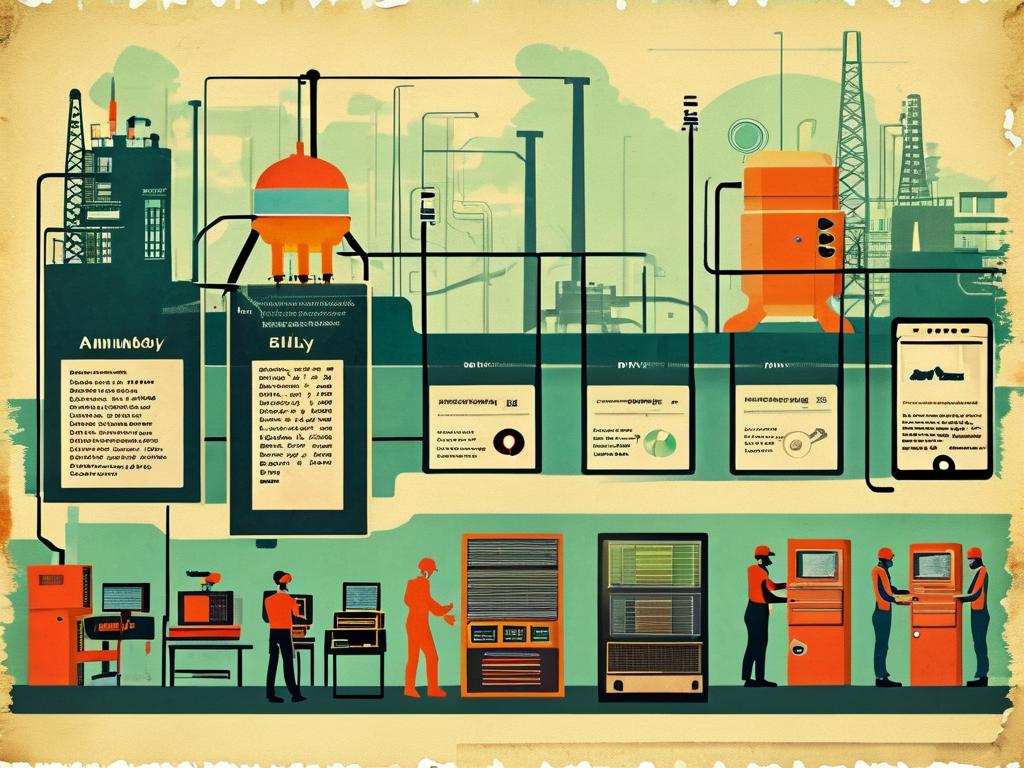In today's fast-paced software development landscape, mastering automated deployment has become a cornerstone of efficient DevOps practices. Organizations that fail to adopt these methodologies risk falling behind competitors in terms of deployment frequency, system reliability, and operational scalability. This article explores actionable strategies for implementing robust automated deployment pipelines while addressing common challenges faced by technical teams.

The Evolution of Deployment Practices
Traditional manual deployment methods, which relied on handwritten checklists and human intervention at every stage, are increasingly obsolete. A 2023 survey by the DevOps Research Institute revealed that teams using automated deployment pipelines achieve 63% faster recovery from failures and 40% higher deployment success rates. The shift toward automation stems from the need to handle complex microservices architectures, multi-cloud environments, and compliance requirements that demand precision and repeatability.
Core Components of Automation
A mature deployment pipeline typically integrates several critical elements:
-
Version Control Synchronization
Tools like GitLab CI/CD or GitHub Actions automatically trigger deployments when code merges into specific branches:# Sample GitHub Actions workflow name: Production Deployment on: push: branches: [ "main" ] jobs: deploy: runs-on: ubuntu-latest steps: - uses: actions/checkout@v3 - name: Deploy to AWS uses: aws-actions/configure-aws-credentials@v1 with: aws-access-key-id: ${{ secrets.AWS_ACCESS_KEY }} aws-secret-access-key: ${{ secrets.AWS_SECRET_KEY }} -
Environment Parity
Containerization through Docker and orchestration via Kubernetes ensure consistency across development, staging, and production environments. This eliminates the "it works on my machine" dilemma while enabling seamless scaling. -
Automated Testing Integration
Incorporating unit tests, integration tests, and security scans within the deployment flow prevents defective code from reaching production. Popular frameworks like Selenium or Jest can be configured to block deployments until all test suites pass.
Overcoming Implementation Challenges
While the benefits are clear, teams often encounter hurdles during adoption:
Legacy System Integration
Many organizations struggle to retrofit automation into older monolithic systems. A phased approach—starting with low-risk components like documentation generation or dependency updates—builds confidence before tackling critical path deployments.
Cultural Resistance
Developers accustomed to manual processes may initially view automation as threatening. Successful teams address this by involving all stakeholders in pipeline design and demonstrating time savings through metrics. For instance, tracking reduced deployment windows or eliminated post-release firefighting sessions.
Security Compliance
Automated deployments must adhere to regulatory standards without sacrificing speed. Implementing infrastructure-as-code (IaC) tools like Terraform allows teams to embed security policies directly into deployment templates:
# Terraform configuration for secure AWS S3 bucket
resource "aws_s3_bucket" "logs" {
bucket = "app-logs-2024"
acl = "private"
server_side_encryption_configuration {
rule {
apply_server_side_encryption_by_default {
sse_algorithm = "AES256"
}
}
}
}
Measuring Success
Key performance indicators (KPIs) for automated deployment systems should extend beyond deployment frequency. Mature teams track:
- Mean Time to Recovery (MTTR) for failed deployments
- Change Failure Rate comparing pre- and post-automation
- Resource Utilization of deployment infrastructure
A case study from a Fortune 500 retail company showed that after implementing automated canary deployments, their rollback time decreased from 47 minutes to under 90 seconds, directly preventing an estimated $2.8M in potential lost sales during peak seasons.
Future Trends
Emerging technologies are pushing automation boundaries further. Machine learning models now predict deployment risks by analyzing historical failure patterns, while GitOps principles are enabling declarative infrastructure management. The next frontier lies in self-healing systems that automatically rectify deployment errors without human intervention.
To stay competitive, organizations must view automated deployment not as a one-time project but as an evolving discipline. By combining the right tools with cultural alignment and continuous improvement, teams can achieve deployment velocities that support business innovation while maintaining operational stability.









